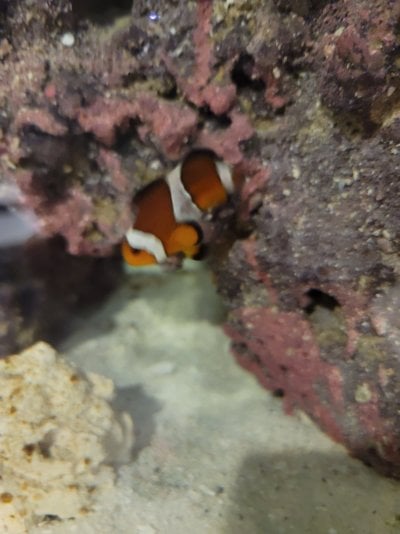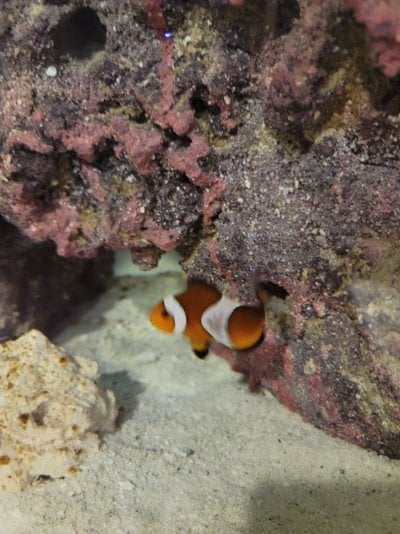Yes, the 30 days at full hyposalinity disrupts the tomonts, but then, you need to take 5 to 7 days to bring the tank out of hypo and you should always monitor a tank for 14 days after any treatment as a fail safe for any issues.@Jay Hemdal
Hi Jay, in pursuit of Ich eradication, I've started the hyposalinity treatment in my DT after removing all the inverts to QT. Currently on my way down to 1.009.
But I have a question on duration. Is hyposalinity only required for 30 days even when doing in the DT? It understand when doing it with fish in a QT system, but I don't understand why it would be 30 days when done in the DT. Why is not the same as a fallow period (45/76 days)? Does the hypo treatment affect the Tomonts?
Thanks.
Jay























